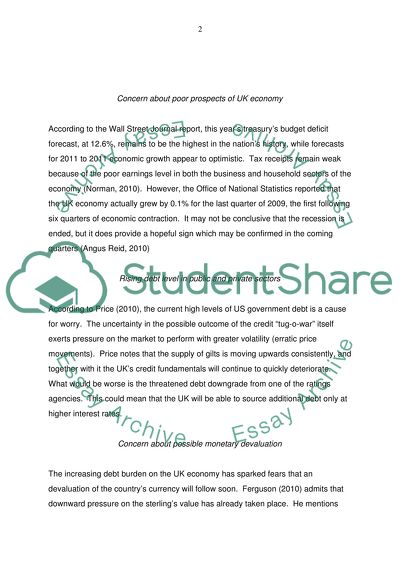Cite this document
(“Investment Strategy and Portfolio Management - 2 Essay”, n.d.)
Investment Strategy and Portfolio Management - 2 Essay. Retrieved from https://studentshare.org/miscellaneous/1562870-investment-strategy-and-portfolio-management-2
Investment Strategy and Portfolio Management - 2 Essay. Retrieved from https://studentshare.org/miscellaneous/1562870-investment-strategy-and-portfolio-management-2
(Investment Strategy and Portfolio Management - 2 Essay)
Investment Strategy and Portfolio Management - 2 Essay. https://studentshare.org/miscellaneous/1562870-investment-strategy-and-portfolio-management-2.
Investment Strategy and Portfolio Management - 2 Essay. https://studentshare.org/miscellaneous/1562870-investment-strategy-and-portfolio-management-2.
“Investment Strategy and Portfolio Management - 2 Essay”, n.d. https://studentshare.org/miscellaneous/1562870-investment-strategy-and-portfolio-management-2.


